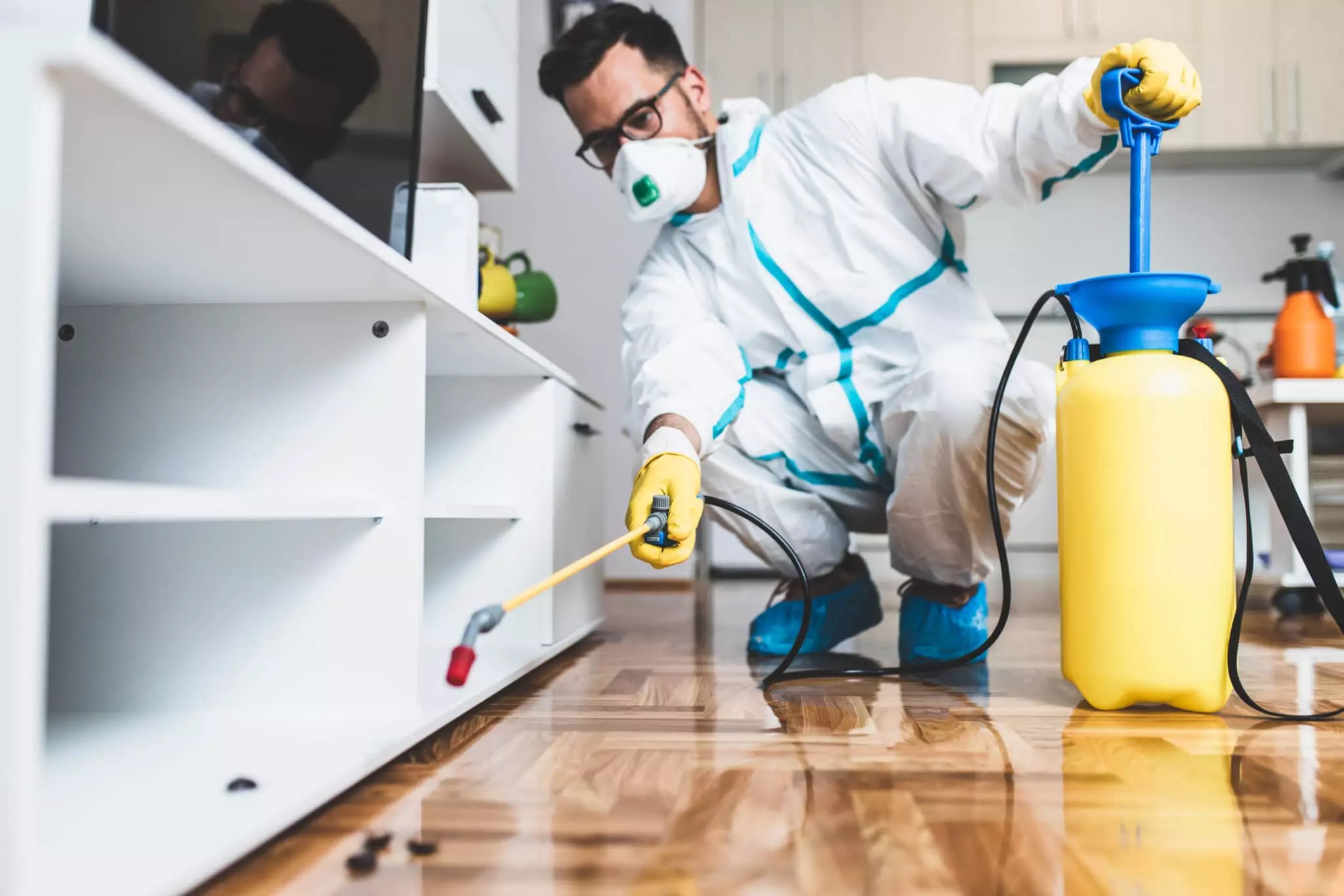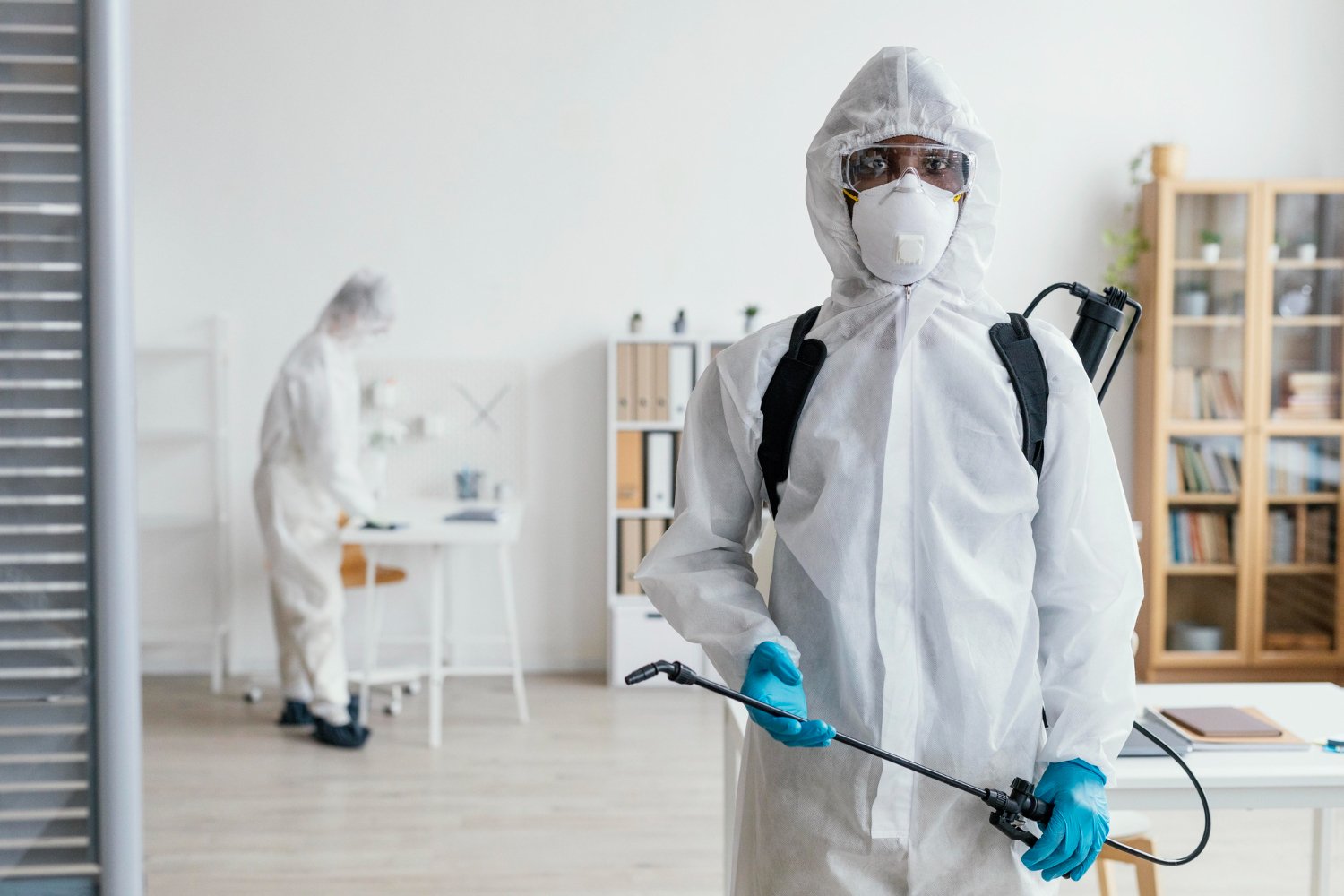Checking Out Infestation and Therapy Strategies on the planet of Bug Control
The landscape of insect control includes a myriad of difficulties, specifically as infestations of common home bugs proceed to advance. By integrating preventive steps with sophisticated monitoring strategies, such as Integrated Pest Management (IPM), property owners can better secure their settings.

Usual House Vermin
When it comes to managing our living spaces, recognizing common house insects is vital. These parasites not only disrupt our comfort but can also position health risks and damage home. One of the most common home insects include ants, cockroaches, rats, termites, and bed pests.
Ants, often seen foraging in kitchens, can infect food and develop big nests. Cockroaches, known for their strength, can cause allergic reactions and spread microorganisms. Rodents, consisting of computer mice and rats, can trigger structural damages and lug illness like hantavirus and salmonella. Termites, typically referred to as "quiet destroyers," can endanger the stability of wooden frameworks, causing expensive repairs. Bed pests, although not illness providers, can cause substantial discomfort through their attacks and result in psychological distress.
Acknowledging the signs of these parasites, such as droppings, nests, or bite marks, is essential for very early intervention (Pest Control Lockhart). Appropriate sanitation methods, sealing entrance points, and preserving a clutter-free environment are efficient preventative measures. By determining these common family pests and comprehending their behaviors, house owners can take proactive steps to minimize invasions, making certain a healthier living setting
Understanding Bug Infestations
Parasite problems can rise quickly, turning a minor inconvenience into a considerable issue if not attended to immediately. Usual variables adding to problems consist of inadequate hygiene, architectural vulnerabilities, and seasonal changes that drive parasites inside your home.
Recognizing the kind of parasite is essential, as various varieties show diverse actions and reproductive prices. Rodents might develop nests in concealed areas while insects like roaches grow in moist atmospheres. Early detection frequently rests on identifying indications such as droppings, nibble marks, or unusual audios, which can suggest an issue before it comes to be serious.
Cozy, moist climates can assist in the rapid growth of parasite populations, while modifications in landscape design or construction can unintentionally develop conducive atmospheres. An enlightened method to comprehending these characteristics lays the groundwork for efficient bug management techniques in the future.
Therapy Approaches and Strategies
Efficient therapy approaches and techniques are important for alleviating parasite infestations and restoring a risk-free atmosphere. A complex approach is frequently best, integrating chemical, organic, and mechanical methods customized to the details pest and the severity of the infestation.
Chemical treatments include using insecticides and herbicides, which can successfully get rid of bugs. Nonetheless, correct application and adherence to safety and security standards are crucial to minimize risks to human beings and non-target microorganisms. Integrated Bug Administration (IPM) motivates the cautious use of chemicals as a last hope, depending instead on tracking and threshold levels to identify intervention needs.
Organic control techniques involve presenting natural killers or parasites to reduce bug populations. This approach is significantly popular, specifically in agricultural setups, as it advertises environmental sustainability.
Mechanical linked here approaches, such as traps and obstacles, offer prompt relief from parasites without introducing chemicals. Options include sticky catches for bugs or special info physical obstacles for rodents.
Inevitably, the choice of therapy method must consider the certain pest, the atmosphere, and potential effect on human wellness and ecological communities. A balanced mix of these approaches can efficiently take care of infestations while advertising lasting bug control solutions.
Precautionary Actions for Homes
Proactively attending to parasite issues before they rise is essential for maintaining a healthy home setting (Pest Control Lockhart). Implementing effective safety nets can significantly decrease the probability of problems, ultimately protecting both your building and well-being

Appropriate landscaping also plays an essential duty in avoidance. Maintaining bushes and trees trimmed away from your house decreases the chances of insects finding their way inside. In addition, make certain that water drainage systems are working effectively to avoid standing water, which can reel in mosquitoes and various other bugs.
Finally, routine inspections are suggested. On a regular basis inspecting for signs of parasite task enables very early treatment. By adopting these safety nets, property owners can create a setting that is less friendly to bugs, thus boosting their general quality of life and minimizing the requirement for comprehensive parasite control interventions.
Business Bug Control Approaches
A thorough strategy to commercial insect control is vital for businesses aiming to keep a risk-free and sanitary environment. Reliable strategies include a mix of routine examinations, worker training, and the execution of Integrated Pest Administration (IPM) practices.
Routine examinations enable early discovery of pest activity, enabling prompt intervention. Companies need to develop a routine timetable for these analyses, concentrating on high-risk areas such as cooking areas, storeroom, and waste disposal websites. Staff member training is just as essential; personnel needs to be educated on the signs of bug problems and the relevance of reporting them instantly.
Carrying out IPM methods aids minimize pest issues sustainably. This includes habitat adjustment, such as sealing entrance points and minimizing mess, in addition to using all-natural deterrents prior to considering chemical therapies.

Moreover, collaborating with a licensed insect control copyright makes certain accessibility to specialist knowledge and advanced therapy alternatives. This collaboration can bring about tailored bug control prepares tailored to the particular needs of the company, reducing risks and enhancing total efficiency. Eventually, a positive and informed approach cultivates a pest-free setting, securing both public health and wellness and business reputation.
Verdict
In final thought, reliable insect control demands an extensive understanding of usual household bugs and their behaviors, combined with targeted therapy methods. Executing preventative steps together with therapy techniques such as Integrated Bug this link Monitoring and biological control improves the capacity to mitigate invasions.